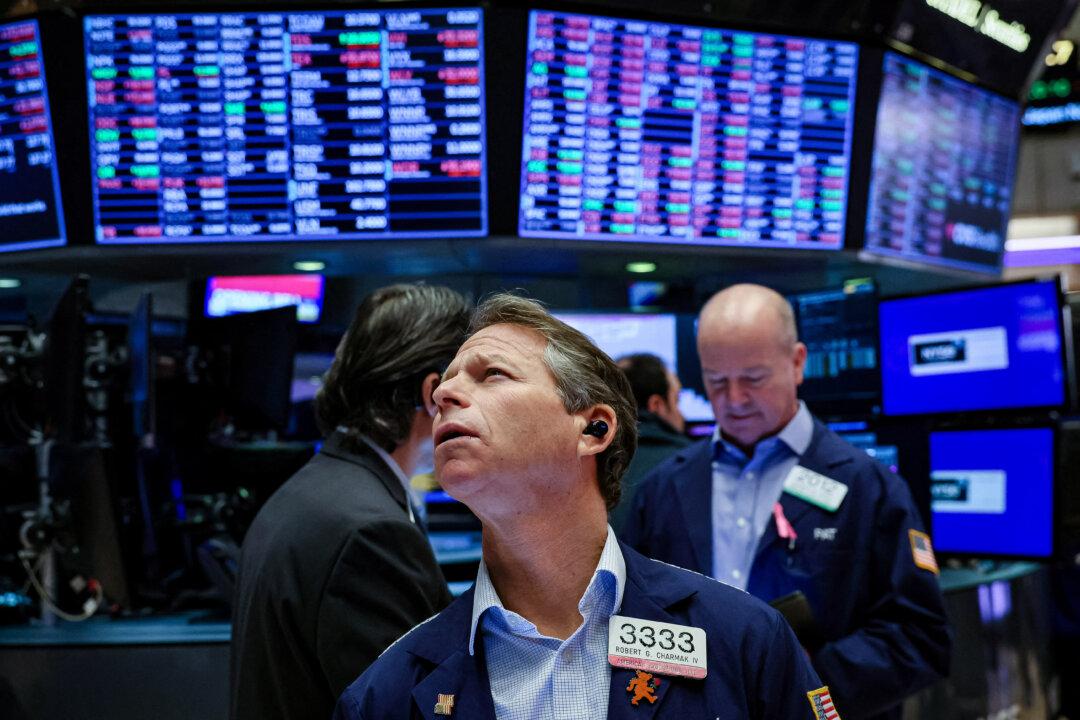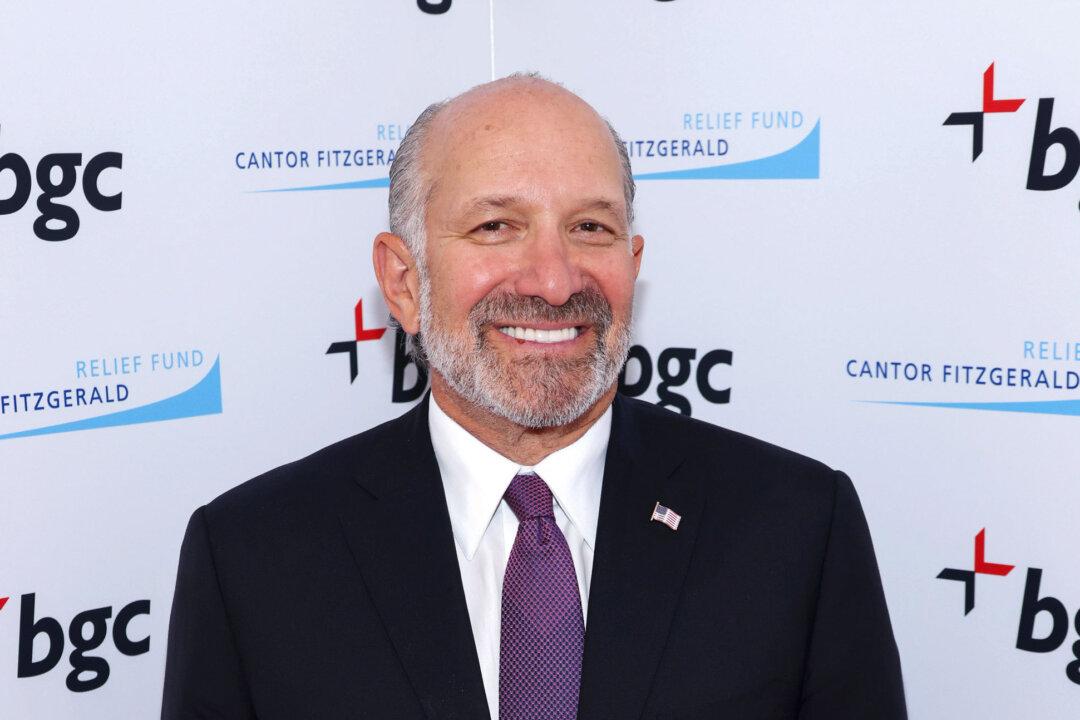Market watchers think investors should expect lower returns from the S&P 500 Index over the coming years, as stocks are currently overvalued and the index is too concentrated, they say.
The third-quarter earnings season is winding down, and traders have been pleased with the results.
The index tracking the stock performance of the 500 largest U.S. companies has risen by 2 percent over the past month and has rallied about 23 percent year to date.
Can investors expect more of the same in the coming years?
Torsten Slok, the chief economist at Apollo Wealth Management, said in a note to clients that investors should anticipate a lower 3 percent annualized return based on the S&P’s current valuation compared to expected earnings.
A forward price-to-earnings (P/E) ratio divides the company’s current share price by the estimated future EPS.
“Looking at the historical relationship between the S&P 500 forward P/E ratio and subsequent three-year returns in the benchmark index shows that the current forward P/E ratio at almost 22 implies a 3 percent annualized return over the coming three years,” Slok wrote in an emailed note to The Epoch Times.
“In other words, when stocks are overvalued like they are today, investors should expect lower future returns.”
Market Concentration
In addition to stocks being too expensive, market concentration is another reason behind the pessimistic outlook.“The intuition for why concentration matters for long-term returns relates to growth in addition to valuation,” Goldman Sachs strategists wrote in a recent strategy paper. “Our historical analyses show that it is extremely difficult for any firm to maintain high levels of sales growth and profit margins over sustained periods of time.”

The Magnificent Seven—Alphabet, Amazon, Apple, Meta Platforms, Microsoft, Nvidia, and Tesla—have largely fueled massive gains observed in 2024.
While it might not signal an imminent Wall Street selloff, it does pose a risk for investors, says Peter Oppenheimer, Goldman Sachs Research’s chief global equity strategist.
Eric Stern, a Capital Group portfolio manager, believes there is a level of “circularity” behind the Magnificent Seven’s solid earnings reports. About half of Nvidia’s second-quarter revenues originated from four companies: Amazon, Google, Meta, and Microsoft.
Regardless of growing caution, market observers are optimistic about the near-term potential for the index.
“The major averages have fared remarkably well, even when the Federal Reserve was raising interest rates to the highest levels in years,” Mark Hamrick, Bankrate’s senior economic analyst, said in the report. “Now that the central bank has begun an easing cycle, the notion ‘don’t fight the Fed’ should provide some reassurance. At the same time, the Fed’s mandate has nothing to do with preserving stock market gains or momentum.”







